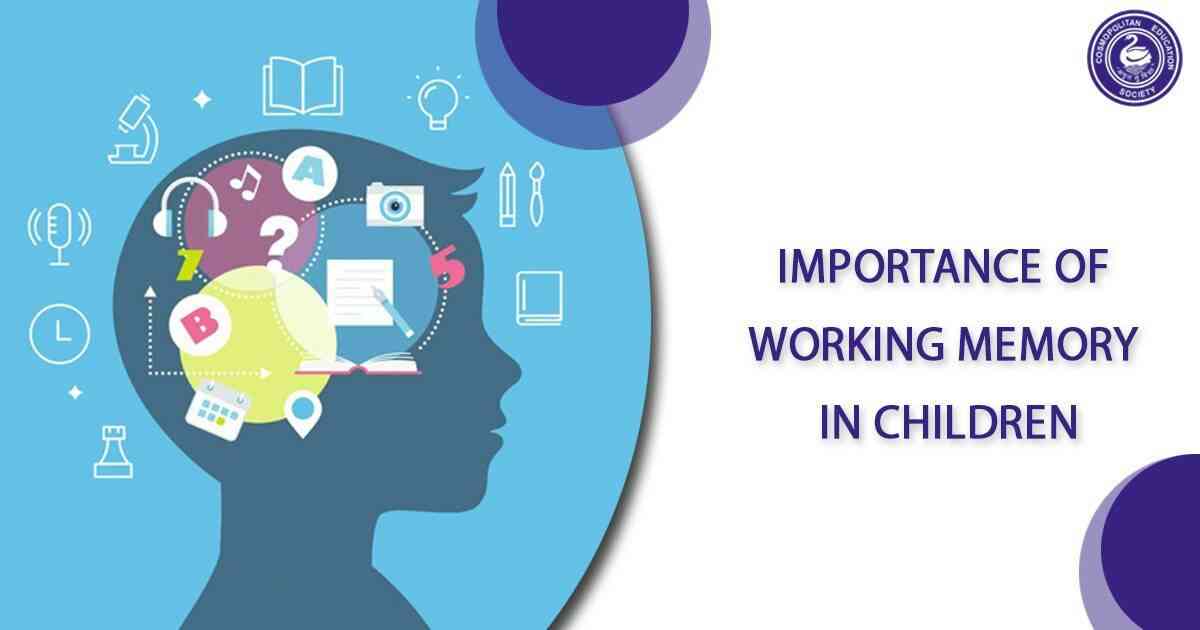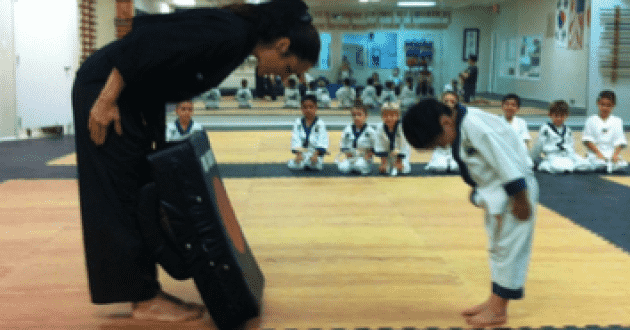Importance Of Working Memory In Children
- - Category: Childhood Education
- - 19 Sep, 2022
- - Views: 514
- Save

Working memory is nothing but the ability to keep information active in your mind for a short time (2-3 seconds)
What is Working Memory?
Working memory is nothing but the ability to keep information active in your mind for a short time (2-3 seconds) to be able to use it for further processing and detailing. Working memory is a temporary storage system and is essential to perform day-to-day tasks effectively (e.g. following instructions at school, responding in conversations with friends and family members, listening and reading comprehensions, etc)
Working memory is vital to boost academic performance as it is an important part of some critical functions like planning, initiating, task monitoring and organizing. At school, the subjects which get affected by poor working memory are Math, Reading Comprehension, Complex problem solving, and Test-taking. From these also Math and reading comprehension get most affected.
The best way to understand the concept of poor working memory is with this example: It is much like the bucket has a hole in the bottom. You can keep tipping in glasses of water (information/knowledge) but it continually drains out i.e. loss of information.
Look for these symptoms of a child with poor working memory:
1. Have difficulty in organizing/completing a task where multiple steps are involved (i.e., they often pause for long gaps if distracted).
2. They often miss details in the instructions given and fail to keep track of where they stand from task completion.
3. Make mistakes in writing and counting in the classroom.
4. Fail to self-correct classroom work.
5. Easily gets distracted mostly when not interested in an activity.
6. Find it difficult to wait for their turn.
7. Have poor organization skills.
8. Show low to average language abilities added to poor academic performance.
9. Have difficulty reading.
10. Demonstrate difficulties with math calculations in their head.
11. Find complex problem-solving challenging.
12. Most of the time prefer to be a loner, with the fear to be judged or rejected.
Here are a few activities which can be conducted in school classrooms to improve working memory in children:
1. Teach Visualization:
Support your students in the classroom to make a picture in their head of what they have just read or heard. Ask them to mentally picture what they need to do for a specific task (e.g., get everything ready to make a cake) and then get them to draw that picture. As they get better at visualizing then just get them to describe what they can see in their head without having to draw it.
Matching games are great for visual memory (e.g., Memory, Snap, Pairs, Bingo). You might also make games that require visual memory like the car reciting letters and numbers on license plates then saying them backwards.
2. Get Your Students To Teach You:
Encourage them to explain how to do a new skill they have just learnt and teach you how to do it. By working on their explanation, it will support them to make sense of what they have learned and file it away in their memory.
3. Play It Out:
Word list games: such as “I went to the shop/zoo/beach/mall/play park and I saw….”.
The game ‘Guess Who?’: The child has to eliminate characters by asking questions about what their character looks like using the memory of the facial features.
Instructional games: “Simon Says” and other instructional games like “Do this and do that”: Give the child more than one instruction at a time and see if they can remember them all (e.g., “stand up, put your hands up, now touch your eyes” or ‘Obstacle Courses’ where your child needs to complete an obstacle course to reach a ‘goodie’ by remembering the instructions to get there (e.g., ‘Go under the table, behind the chair, and through the tunnel’)
Threading beads/building a block tower: Sit in a circle with a group/or face to face and each person takes a turn to say two colours that you both need to thread/build. Take turns to tell each other two colours and slowly increase the number of colours to get to thread/build onto their tower. This not only teaches them to wait for their turn but also how to work in a team collectively to achieve a particular goal.
“Get the Loot”: Put on your pirate hats and pretend to be pirates, set up two pirate ships with pictures of items for the ‘loot’ and explain that each child needs to get 2 things from the other pirate ship to bring back. Get the child to say the things they need to get 3 times before they go and get it. Increase the number of items to get if you want to make it more challenging.
4. “Planning Items For a Picnic”:
Give your child the name of 2-3 things that they need to collect to bring to a picnic. Have them collect the items and bring them to a picnic rug (you can use pictures of items or the real item).
Last Words:
We at Harshad Valia International School believe that in the end whatever works for a child should be introduced, sustained and monitored. No 5 fingers are not the same, similarly, each child is different and all the listed initiatives will vary depending on the level of the particular child. You also need to identify the dominant learning styles in a child to make him academically stronger.



